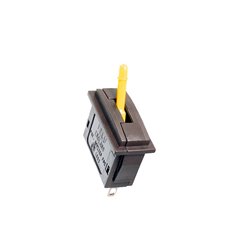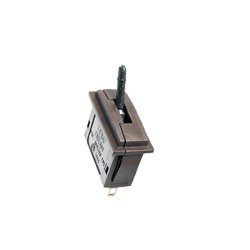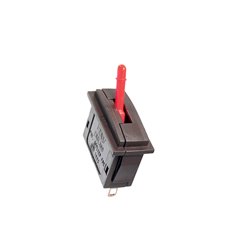MOROP is an organisation made up of model railway associations and enthusiasts from around Europe. Their function is...
No products
Product successfully added to your shopping cart
There are 0 items in your cart. There is 1 item in your cart.
Search Tips
What is a passing contact switch?
A passing contact switch differs from a conventional switch because it does not perform a simple on/off function, instead, its purpose is to supply a short sharp burst of power to any component that doesn't require a continuous power feed, for example, a point motor on a model railway layout.
From an operator's perspective, the switch works just the same as an ordinary toggle switch (by flicking it from side to side) and a burst of power is released through the circuit when the switch is half-way through its throw. This can understandably lead to concerns about whether the correct amount of power is being released if the switch is flicked too quickly or slowly, but this is not something to keep you awake at nights because the burst of electric doesn't control the points directly, it merely controls the polarity of magnets on the point motor, and it's those magnets that are the muscle for the point's movement.
Wiring the switch is simple enough, most passing contact switches have spade connectors on the back so you won't even need to solder. Basic passing contact switches usually only have three terminals on the back too, one for power in and two for power to be fed to the point motor so you shouldn't have any trouble installing one.
Click here to receive the tips weekly in your mailbox. You can unsubscribe at any time.










